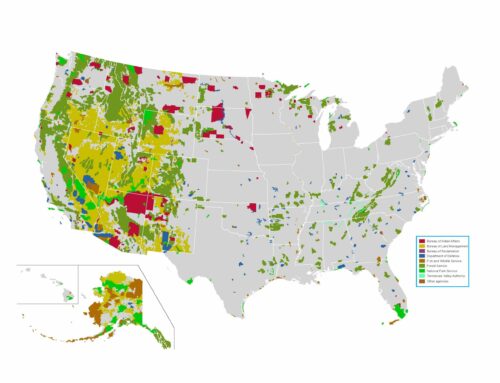by Greg Walcher, E&E Legal Senior Policy Fellow
As appearing in the Daily Sentinel
Few new Supreme Court nominees have generated as much interest as Judge Amy Coney Barrett, because her confirmation could have far-reaching implications by upending the court’s decades-long liberal majority.
More has already been written about Judge Barrett than my poor power to add or detract. It is appropriate in this space, though, to opine on her potential impact on various environment and natural resources issues. And those issues actually underlie much of the debate about the next Supreme Court. The media is focused on the future of Roe v. Wade, but no such case is on the court’s docket in the near future.
Instead, the court’s current term, which began traditionally on the first Monday in October, already has several environmental cases on its docket. Those include the Sierra Club’s case against proposed reforms in the Endangered Species Act, and a Sierra Club lawsuit challenging the administration’s use of Defense Department funds for the border wall. It also includes two very important water cases, both of which bear directly on enforcement of interstate compacts. Texas v. New Mexico is about allocations under the Pecos River Compact, and Florida v. Georgia involves waters in the Apalachicola-Chattahoochee-Flint River Basin. Both could establish important precedents for the Colorado River Basin states — all of which are closely monitoring those cases.






